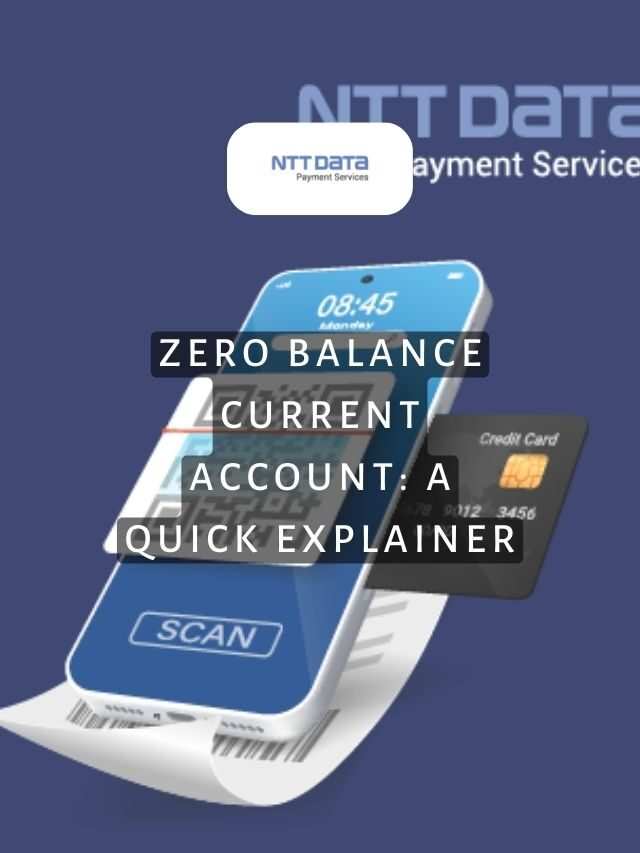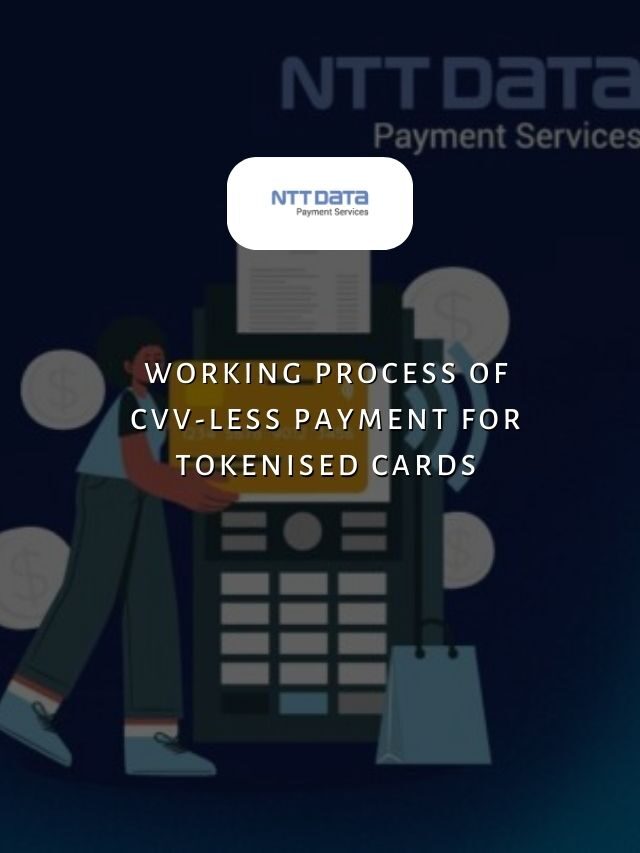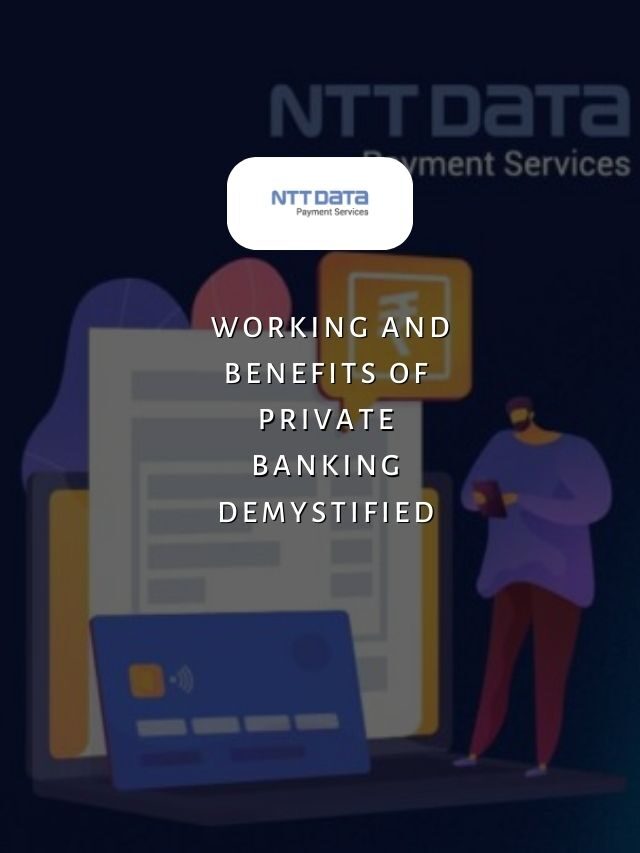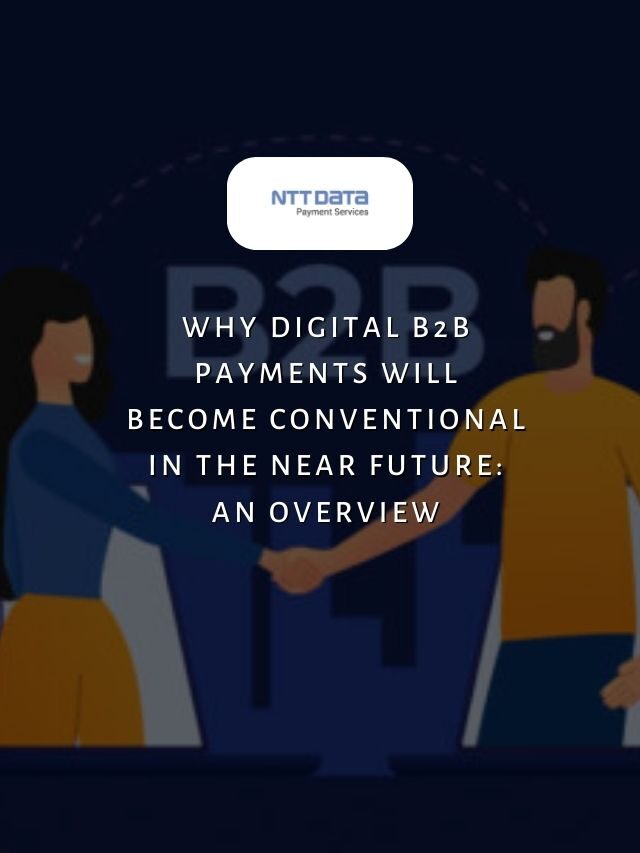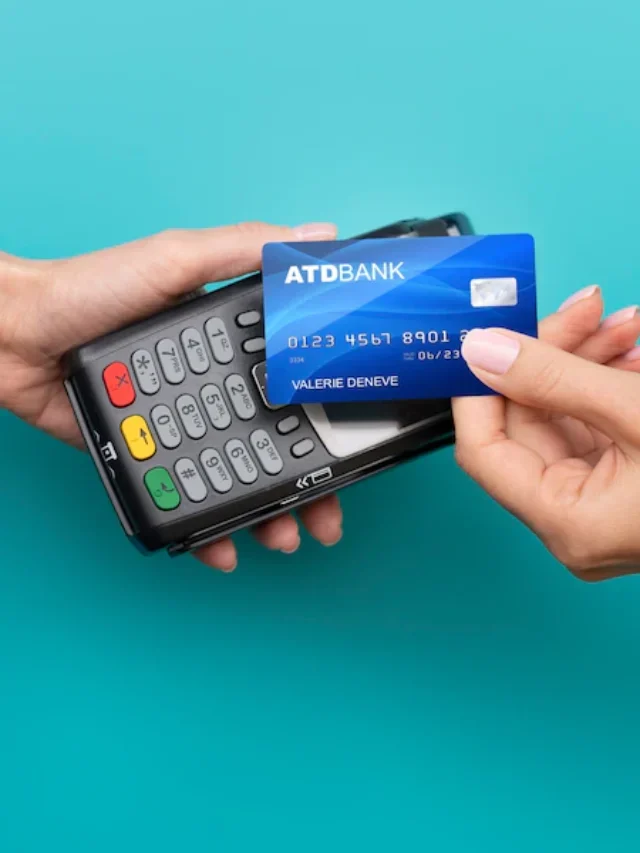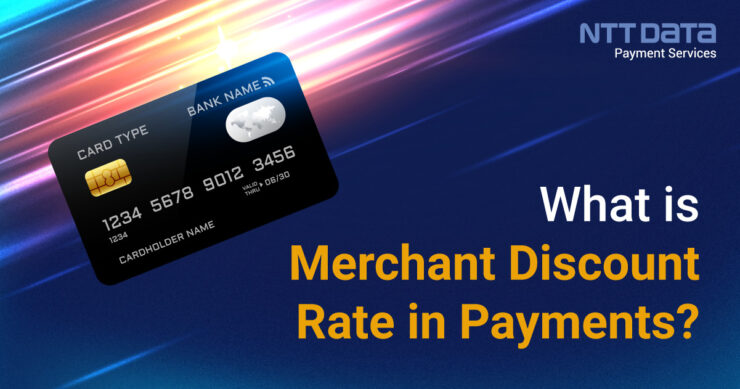
Table of Contents
- 1 Understanding the Merchant Discount Rate
- 2 Recent Web Stories
- 3 What is the Merchant Discount Rate?
- 4 How Does Merchant Discount Rate Work?
- 5 How is the MDR Calculated?
- 6 Significance of Merchant Discount Rate in Payments
- 7 Make Seamless Online Payments with NTT DATA Payment Services
- 8 Empowering Merchants Through MDR
The Merchant Discount Rate (MDR) is a critical component in online payment processing, encompassing the fees levied on merchants for incoming transactions. Ranging between 1% and 3%, MDR involves a multifaceted structure that includes various charges related to payment processing services.
Knowing the Merchant Discount Rate is an asset that enables industry professionals to optimise payment processing expenses. Let’s explore the question “What is a Merchant Discount Rate?” and its significance in the world of payments.
Understanding the Merchant Discount Rate
 Whether you run a small local store or manage a thriving e-commerce platform, understanding the intricacies of payment fees and rates is crucial. One such key component is the Merchant Discount Rate (MDR).
Whether you run a small local store or manage a thriving e-commerce platform, understanding the intricacies of payment fees and rates is crucial. One such key component is the Merchant Discount Rate (MDR).
When merchants and other businesses want to receive money from customers using debit or credit cards, they must create an account with a company that handles payment processing. These payment processors act as middlemen between the business and the banks that issue the cards. Let’s take a deep look at MDR.
Recent Web Stories
What is the Merchant Discount Rate?
The Merchant Discount Rate, commonly known as MDR, is essentially the fee charged to a merchant by their acquiring bank or payment service provider for accepting payments from customers via all payment options.
This fee compensates for the services offered by banks, card networks, and payment processors in ensuring smooth, secure, and rapid transactions.
How Does Merchant Discount Rate Work?
The process begins when a customer initiates a transaction at a merchant’s point of sale or website. Upon authorisation, the payment proceeds through a complex network involving multiple stakeholders: the customer’s bank (issuing bank), the merchant’s bank (acquiring bank), card networks (like Visa or Mastercard), and payment processors.
Let’s see the workings of MDR step by step:
- Transaction Initiation: When a customer swipes, inserts, or taps their card for a purchase, the transaction is initiated.
- Authorisation: The acquiring bank seeks authorisation from the issuing bank to ensure the cardholder has sufficient funds or credit for the transaction.
- Transaction Processing: Once authorised, the payment processor facilitates the movement of funds between the banks and ensures a smooth transaction process.
- Fee Distribution: MDR is the fee charged by the acquiring bank to the merchant for this payment processing service. This fee covers various components, including interchange fees (paid to the cardholder’s bank), network fees (paid to card networks), and acquiring bank fees.
- Stakeholder Compensation: MDR serves as a mechanism to distribute compensation among all the parties involved, including the issuing bank, acquiring bank, card networks, and payment processors.
- Percentage of Transaction Amount: MDR is typically expressed as a percentage of the transaction amount. This percentage represents the cost incurred by the merchant for utilising the payment infrastructure.
How is the MDR Calculated?
The calculation of the MDR involves a combination of factors, making it a somewhat intricate process. The primary components considered are:
- Transaction Value: The total value of the transaction plays a significant role in determining the MDR. Typically, the higher the transaction amount, the higher the MDR.
- Payment Type: Different modes of payments, such as credit and debit cards, Net Banking, etc, may have varying MDR rates. Credit cards tend to have higher MDR rates than debit cards due to the associated risks and rewards.
- Merchant Category: The business’s nature and risk associated with it can influence the MDR. High-risk businesses, such as online gaming, often face higher MDR rates.
- Payment Network: The card network or payment system being used can impact the MDR. For instance, Visa, Mastercard, and RuPay may have different MDR structures.
|
Did you know? The government has introduced various MDR regulations to promote digital payments in India. The MDR is typically lower for small merchants and businesses with a turnover of less than Rs. 20 lakh. However, for larger businesses, MDR rates may vary based on the transaction method type and transaction. |
Significance of Merchant Discount Rate in Payments
- Cost of Payment Acceptance: The MDR is the cost incurred by a merchant to accept electronic payments. Understanding this cost is essential for businesses to price their products or services effectively.
- Revenue for Payment Service Providers: For banks and payment processors, the MDR is a significant source of revenue. It compensates them for the services they provide, including transaction processing, fraud prevention, and payment settlement.
- Incentive for Card Acceptance: MDR rates can influence a merchant’s decision to accept card payments. Lower MDR rates may encourage businesses to offer card payment options, enhancing convenience for customers.
- Balancing Risk and Reward: The MDR structure takes into account the risk associated with different types of transactions. This helps balance the reward for card-issuing banks and the risk they bear.
Make Seamless Online Payments with NTT DATA Payment Services
NTT DATA Payment Services offers a complete payment solution to advance both your offline and online businesses. From online payment gateways and POS machines to IVR payments, mobile applications, and Bharat QR Scan and Pay, we ensure maximum comfort, convenience, and safety for all your payments.
Access PCI DSS 3.2.1V, a 256-bit encrypted payment gateway for your digital wallet. This keeps your information security bulletproof and makes your transactions limitless and quicker.
Empowering Merchants Through MDR
The Merchant Discount Rate (MDR) is a pivotal factor influencing merchants’ and payment service providers‘ costs, revenues, and payment strategies. Understanding the MDR is essential for optimising payment processing and ensuring competitive pricing.
As the payment industry evolves, staying informed about MDR regulations and exploring strategies to manage these costs is significant. Whether you’re a local store owner or an e-commerce mogul, MDR is a concept that should be considered in your growth to financial success. I hope this blog on merchant discount rates in payments serves as your guide regarding the MDR.
| Also, you can get frequent updates on nttdatapayments Instagram page. |
FAQs
- What is the Merchant Discount Rate (MDR) and how does it impact businesses?
MDR is a fee charged to merchants for processing debit and credit card transactions. It’s crucial for businesses as it influences their overall transaction costs, affecting profitability and pricing strategies.
- How is the Merchant Discount Rate determined?
MDR is typically a percentage of the transaction amount and is influenced by various factors, including the type of card, transaction mode, and industry standards.
- Is there any regulatory influence on MDR?
Yes, regulatory bodies like RBI may intervene to rationalize MDR. For example, RBI in India has implemented measures to ensure fairness and transparency in MDR charges.
- How do Merchant Discount Rate (MDR) charges impact small businesses?
MDR charges, typically ranging from 1% to 3% of the transaction amount, can have a significant impact on small businesses. These charges affect profit margins and may influence pricing strategies for products or services.
- Who bears the cost of the Merchant Discount Rate, the merchant or the customer?
The merchant typically bears the cost. MDR is a fee charged to businesses for providing the infrastructure and services required to process payments. However, businesses may factor this cost into their pricing strategies.

